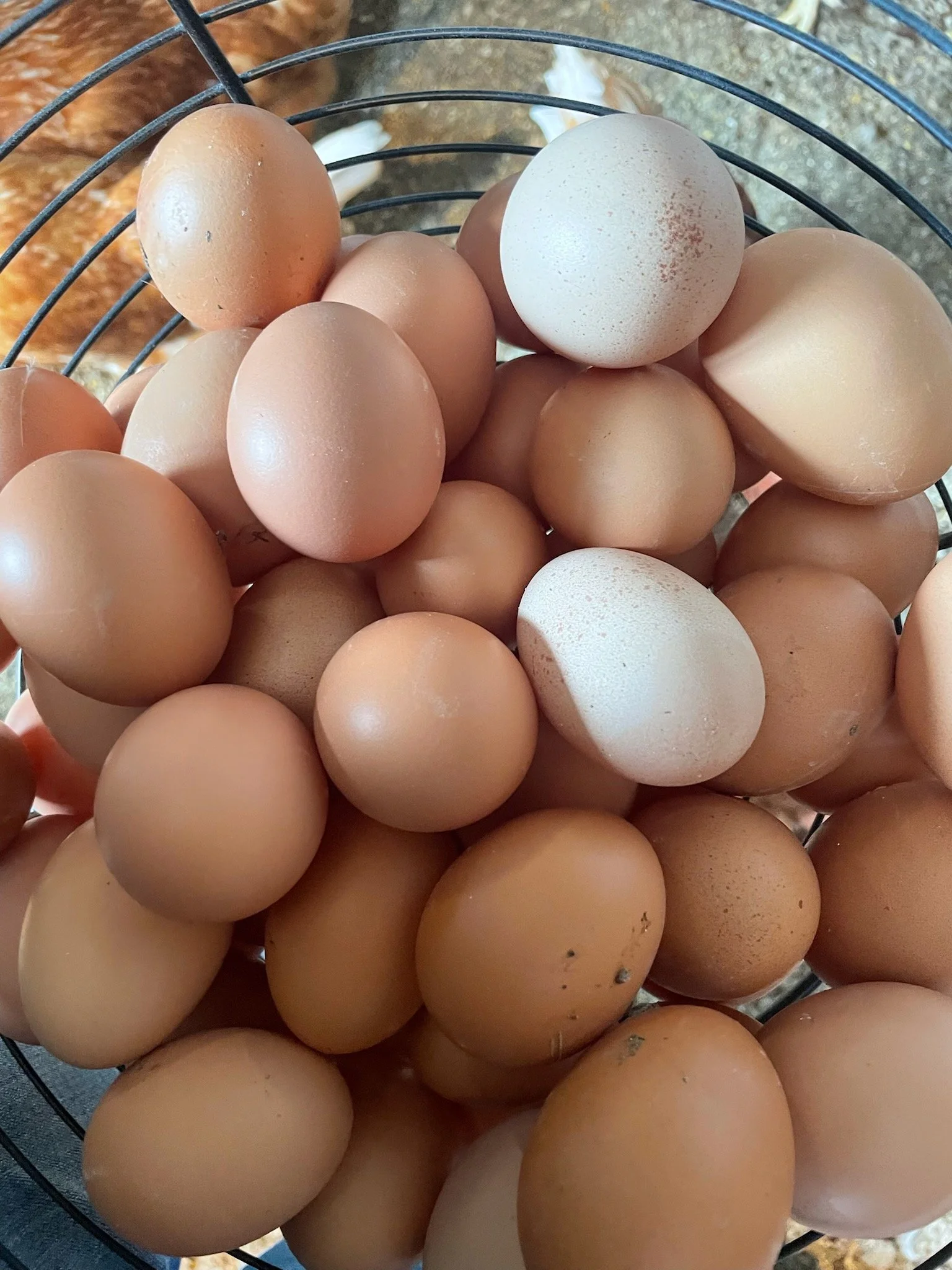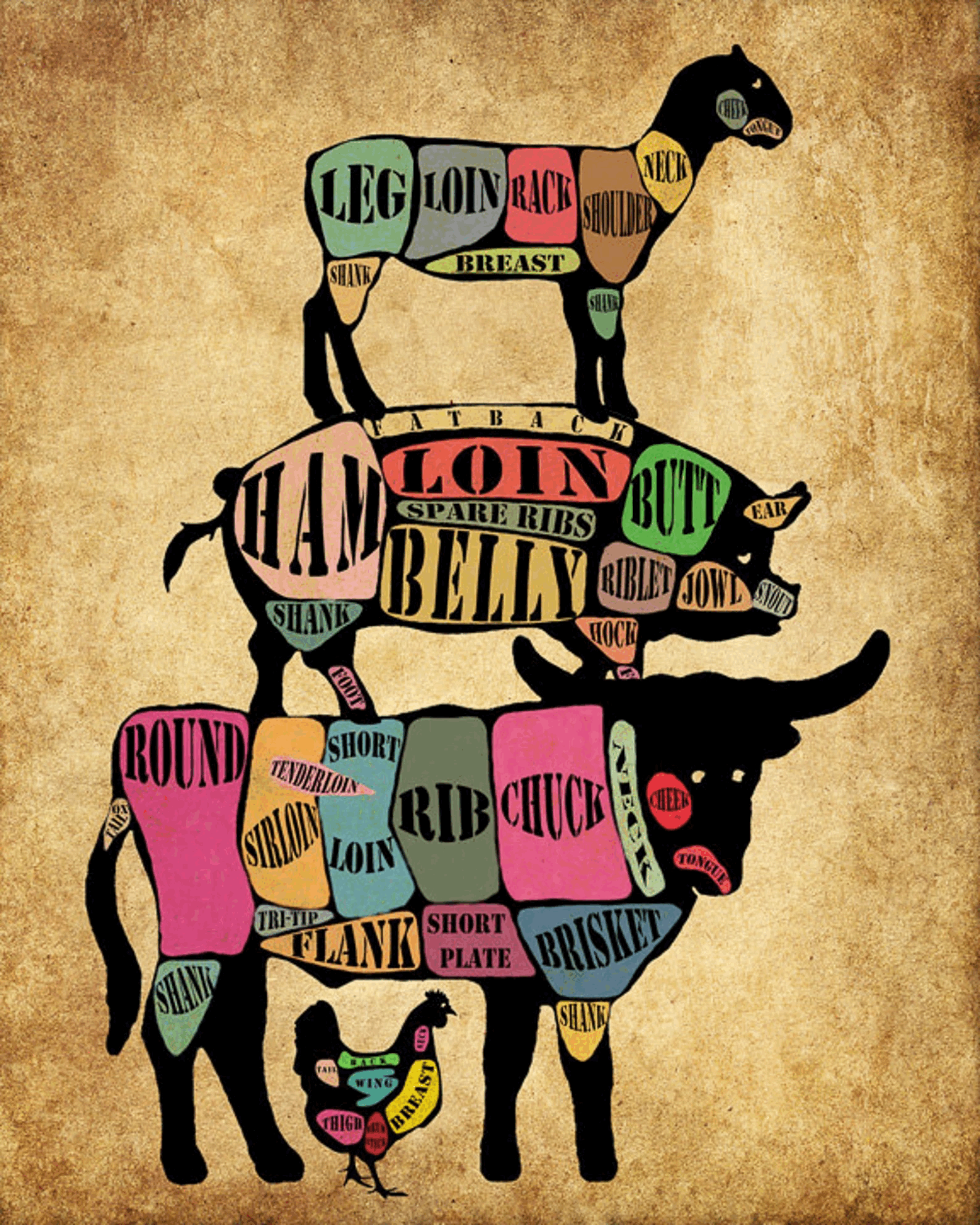
Blog
Where do residents of NYC get their groceries?
New York City has a large range of grocery shopping possibilities.
Depot Theatre Announces 2023 Season's Lineup
WESTPORT | The Depot Theatre has just released its 2023 season lineup, which includes two contemporary thought-provoking plays and — with a nod to the past and the Depot’s 45th anniversary — "The Fantasticks!"
$18 A Dozen: How Did America’s Eggs Get So Expensive?
At some points, we’re able to get a cheaper egg from an organic farm in upstate New York than we were from a wholesale market. It shouldn’t have to be that way, but I’ll take it.”
What Is A Yurt?
A yurt is a portable, circular structure traditionally used by nomads in the steppes of Central Asia, dating back to the 12th century. The yurt (ger) is still home to a large portion of the population in present day Mongolia.
Are There Good Reasons for Being a Farmer?
It is true that nearly all of us feel deep kinship with nature—but the farmer lives with it. He is intimately connected with the cycle of life. Many envy him and long for a small plot of soil where they can at least plant and grow flowers and vegetables.
Why Farmers Are Happier Than The Rest Of Us
The happiest workers are the farmers, fishermen and forestry workers.
Empire Pass Card
Once you have the physical card in hand, you can download the NY State Parks Explorer App and save the Empire Pass to the wallet feature of the app for entry into many park properties.
Can Dogs Eat Organ Meats? In Fact, They Should. Learn Why
Organ meats are more densely packed with vital nutrients than lean muscle meat. In addition to high quality protein and fat, entrails are rich sources of the vitamins A, B, D, E and important minerals like iron, phosphorous, selenium and zinc.
What is Organ Meat?
Organ meat for dogs is commonly understood to be the entrails and internal organs of larger farm animals like cattle or sheep. In addition, gizzards, hearts and livers of fowl like chicken, duck or turkey are also considered suitable organs to be fed to dogs.
Benefits of Organ Meats for Dogs
Organ meats are one of the most nutrient dense foods you can give to your dog. In fact, entrails contain significantly more vitamins, minerals and other valuable nutrients than lean muscle meat. In addition to premium quality protein and fat, organ meats are plentiful sources of the vitamins A, B, D and E, as well as minerals like copper, iron, phosphorus, selenium and zinc. All of these are essential for the health of your canine.
Protein
Protein is an essential nutrient for dogs. It serves numerous functions in the body, such as muscle growth, tissue repair, enzymes, transporting oxygen in the blood and immune functions. Protein is also an important source of energy.
Proteins are made of amino acids. There are essential and nonessential amino acids. Essential amino acids cannot be produced by the body of your dog. These amino acids must be supplied through diet. Nonessential amino acids are produced in sufficient amounts in the body of your dog, and generally don’t need to be supplemented through diet.
Fat
Fat plays an important part in the nourishment of dogs. It is an extremely dense source of energy. Compared to protein and carbohydrates, fat contains approximately 2.25 times the number of calories per gram.
Fat is also needed as a source of essential fatty acids. Essential fatty acids can contribute to the brain development of puppies, strengthen the immune system of dogs, reduce inflammation, increase the ability to fight cancer, support heart health, and support many other aspects of canine health.¹
Vitamins
Vitamins are classified as either fat-soluble (vitamins A, D, E, K), or water-soluble (vitamins B and C).
Water-soluble vitamins are critical in the metabolism of protein, carbohydrate and fat, which results in energy for body processes. Unlike the fat-soluble vitamins, water-soluble vitamins are not stored in the body and must be consumed daily.
Fat-soluble vitamins are amongst others important for bone formation, cell membrane functioning and the vision of your dog.
Minerals
Minerals are critical to many different functions in the body such as in bone and cartilage formation, enzymatic reactions, maintaining fluid balance, transportation of oxygen in the blood, normal muscle and nerve function and the production of hormones.
Minerals are usually grouped into minerals (calcium, phosphorus, sodium, chloride, potassium, magnesium) and trace-minerals (iron, zinc, copper, manganese, selenium, iodine). Minerals are found in larger amounts in the body of your dog than trace-minerals. Dogs also need larger amounts of minerals as part of their diet than they require trace-minerals.
Which Organs Should a Dog Eat?
Dogs can eat all organs, provided they are coming from a healthy and properly raised animal.
Healthy Organ Meats for Dogs
Brain
Eyeballs
Heart
Kidney
Liver
Lung
Reproductive organs (testicles, uterus)
Trachea
Spleen
Stomach
Sweetbreads (pancreas and thymus)
Tongue
Ideally, a dog should get all of the above organs as part of the regular diet. At the same time, it is understood that filling the freezer with brains and eyeballs is not for everyone. However, as organ meats are extremely rich in nutrients, you can already give your dog’s diet a boost by adding just a few of the more commonly available organs.
As you can see, each organ will provide its own, unique set of vitamins and minerals. The more organs you add to the diet of your dog, the better the mix of nutrients your dog will receive.
It is important to note that pasture raised animals contain even higher levels of essential nutrients than their grain-fed counterparts.
Beef Heart
A whole beef heart can weigh up to around 10 pounds.⁴ Beef heart consists of very dark red, dense muscle meat, which is partly surrounded by a layer of fat.
How Much Organ Meat Should Dogs Eat?
Organs account for around 25% of the weight of larger farm animals. This ratio should also be reflected in the food plans of our canines, which means organs should make up to 25% of a dog’s diet.
The actual amount of organ meat a dog is recommended to eat depends on the availability of organs. No single organ should account for more than 5% to 10%. As an example, if you can only get a hold of heart, don’t give your dog more than 10% organ meat. If you are able to get a hold of several different organs, then give your dog up to 25%.
How to Feed Organ Meats
Organ meats are best fed raw. Feeding raw, will ensure that your dog gets all the temperature sensitive nutrients stored within the organs.
The easiest way to prepare organ meats for your dog is to grind them up in a food grinder. Then, you can portion the ground organ meat into daily rations and store in your freezer. When it’s time to feed, defrost the portions you are planning to give to your dog in the refrigerator.
It is not critical to give your dog organ meats every single day. Rather aim for some variation in the diet, and ensure that your dog gets sufficient amounts of entrails over the course of a week.
In case you have never given your dog organ meats before, it is recommended that you start with small amounts and gradually increase the amount of entrails, as your dog gets used to the new food.
Organ Meat Dog Treats
Organ meat dog treats are ideally suited for dog training of all kinds, as canines love their scent and taste. Our family Vizsla for example, got crate trained by rewarding her with slices of dehydrated beef liver. Thanks to the treats, it took her less than two weeks to enjoy being in her crate.
Unfortunately, most organ dog treats are just “organ-flavored”, and contain only small amounts of entrails, while the rest of the ingredients are unhealthy additives and fillers. Additionally, these treats are often made in high temperature processes, which are destroying most of the temperature sensitive nutrients within the organ meats.
However, there are healthy alternatives. Premium organ meat dog treats are made of just one single ingredient - organ meat - and are entirely free of additives and preservatives. Ideally, you should select treats made from human-grade, USDA certified meats.
Where to Buy Organ Meat for Dogs
Not all organ meats are available where most of us do their daily shopping. While the meat department of a local supermarket might carry beef and chicken hearts and livers, it is unlikely that they carry any additional organ meats.
A better source for organ meats is your local butcher shop and farm.
The undoubtedly best and cheapest place to buy fresh organ meats is your local farm. Because organs are not popular food sources for people in the United States, you will likely be able to buy almost all of them at very reasonable prices. This includes hearts, kidneys, livers, spleens, stomachs tongues, etc.
Summary
Organ meats are packed with vital nutrients. In addition to high quality protein and fat, entrails are rich sources of the vitamins, minerals and trace-minerals. Organ meats can account for up to 25% of the overall food intake of a dog. However, no individual organ should account for more than 10%. As many of the nutrients within organ meats are temperature sensitive, organs should ideally be fed raw.


















